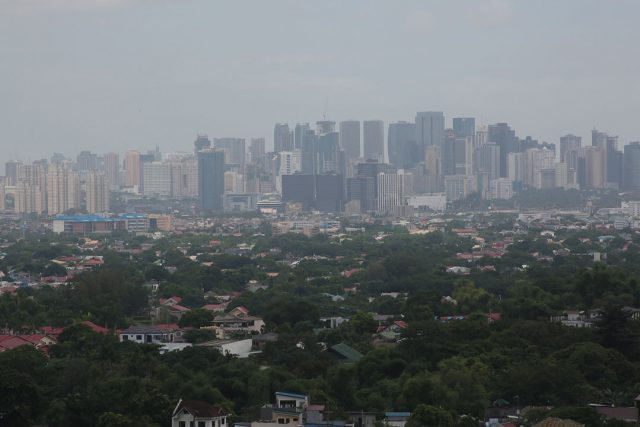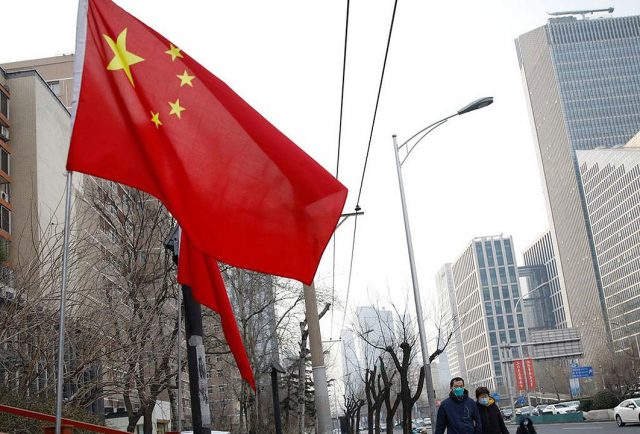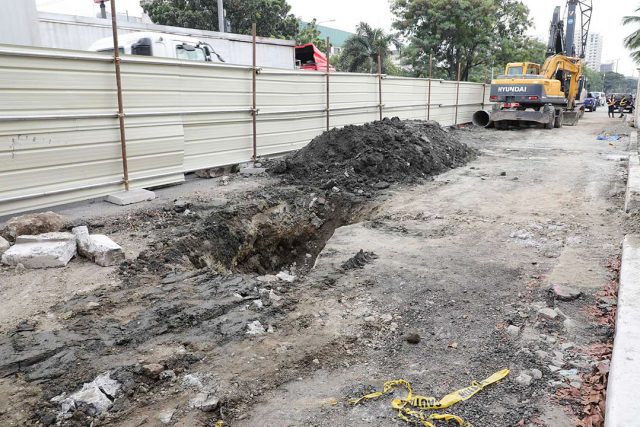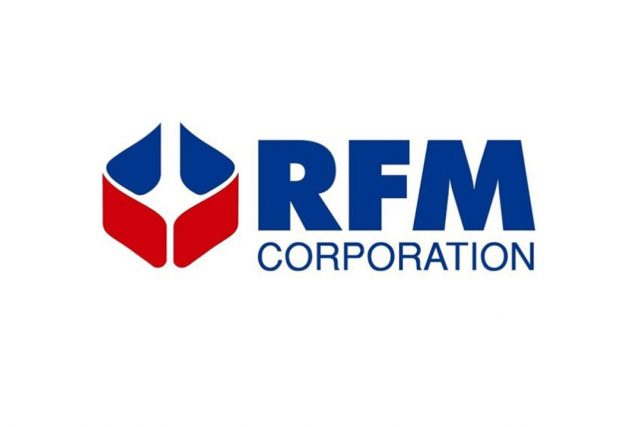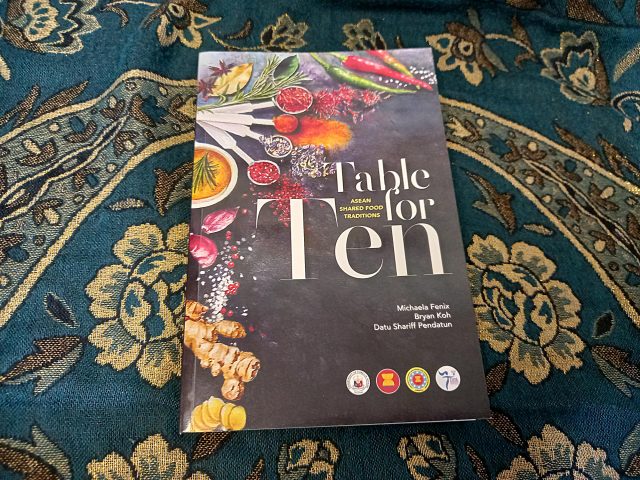Vehicle sales up 20% but 2021 target missed

VEHICLE SALES increased by 20% in 2021, but the industry missed its full-year target as lockdowns weakened recovery momentum.
Data from the joint report of the Chamber of Automotive Manufacturers of the Philippines, Inc. (CAMPI) and Truck Manufacturers Association (TMA) showed that total car sales reached 268,488 units in 2021, a fifth higher than the 223,793 units sold in 2020.
However, the industry missed its full-year sales target of 295,400 by 9%.
CAMPI-TMA members sold 85,260 passenger cars in 2021, rising by 22.4% from the 69,638 units sold in 2020.
Commercial vehicle sales stood at 183,228 units, up by 18.9% from 154,155 units sold in the prior year.
“Looking back at last year’s performance, the automotive industry has remained remarkably resilient with an overall growth of 20% compared with the same performance a year ago — that is no small feat indeed,” CAMPI President Rommel R. Gutierrez said in a statement on Wednesday.
Mr. Gutierrez said December saw the highest monthly sales performance since the pandemic began in March 2020. It was also the fourth straight month of growth.
Mobility curbs were further relaxed in December, with Metro Manila and most parts of the country under the more lenient Alert Level 2.
Vehicle sales inched up by 0.9% to 27,846 in December from 27,596 in the same month of 2020. Month-on-month sales jumped by 5.3%.
Passenger car sales contracted by 3.8% year on year to 8,447 units in December, while sales of commercial vehicles rose by 3.1% to 19,399.
Month on month, the sales of passenger cars and commercial vehicles rose by 2.95% and 6.3%, respectively.
In particular, Asian utility vehicle sales stood at 3,215 in December, 18.4% lower than the same month in 2020 and an 0.8% dip from November.
“The industry remains optimistic for a continued recovery this year from the COVID-19 pandemic downturn as progress on inoculation has provided hopes for a better outlook for the wider economy, but ‘business as usual’ is still unlikely as challenges remain at hand,” Mr. Gutierrez said.
Toyota Motors Philippines Corp. (TMP) still had the largest market share at 48.30%, after selling 129,667 vehicles.
Mitsubishi Motors Corp.’s market share stood at 13.98%, with 37,548 units sold.
Ford Motor Co. ranked third in terms of market share with 7.45%, after selling 20,005.
Ranked fourth and fifth are Nissan Philippines, Inc. and Suzuki Phils., Inc. with market shares of 7.30% and 7.22%, respectively.
The industry outlook may be dimmed by the ongoing surge in coronavirus infections, driven by the more transmissible Omicron variant.
In a note, ING Bank N.V. Manila Senior Economist Nicholas Antonio T. Mapa said consumers may have smaller budgets for vehicle purchases in the near term as the Omicron variant is expected to disrupt business activity.
“Road vehicle sales is a key indicator that measures the ability of consumers to invest in durable equipment. Without a meaningful rise in capital goods spending, the overall economy will likely have to rely on already exhausted household consumption and to some extent stingy government spending to push growth to hit 7-9% this year,” Mr. Mapa said. — R.M.D.Ochave


